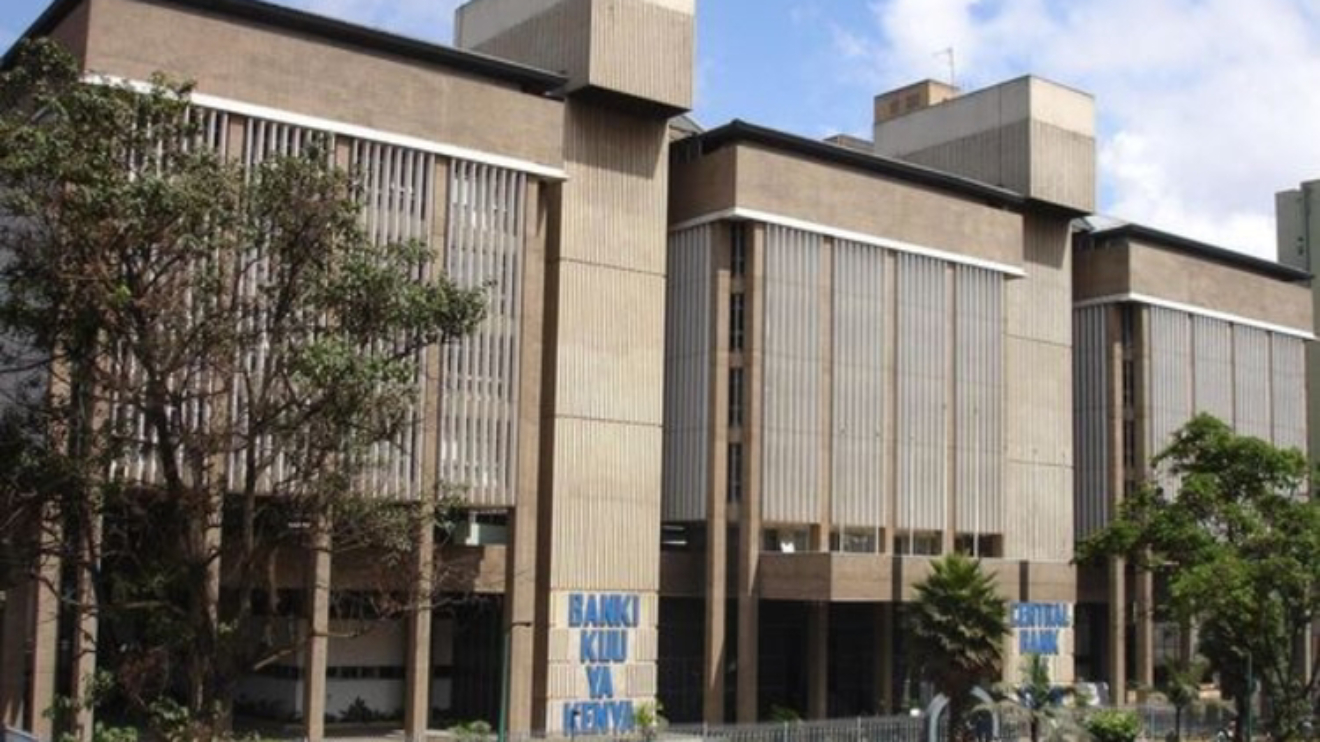KCB Bank has taken the lead among Kenyan lenders by lowering its base lending rate from 14.6 per cent to 13.85 per cent per annum, becoming the first financial institution to respond to the Central Bank of Kenya’s recent policy shift.
The new rate will apply to new loans from April 11, 2025, while existing borrowers will benefit from the adjustment starting May 11, 2025.
However, the final lending cost for individual customers will depend on their credit risk profiles, as determined by KCB’s Risk-Based Credit Pricing Model.
This adjustment is applicable solely to loans denominated in Kenyan shillings.
KCB said the move is intended to “provide more affordable credit and stimulate economic activity across the country.”
Read More
The rate cut comes after the Central Bank of Kenya reduced the Central Bank Rate (CBR) by 75 basis points to 10.00 per cent, marking the second major downward revision this year.
The Monetary Policy Committee (MPC), which met on Tuesday, attributed the decision to improving macroeconomic indicators.
The Committee stated, “Overall inflation was expected to remain below the midpoint of the 5+2.5 per cent target range in the near term.”
According to the CBK, average lending rates had already declined from 17.2 per cent in November 2024 to 15.8 per cent by March 2025.
Despite this, private sector credit uptake remained sluggish, posting only a marginal 0.2 per cent increase in March following a contraction in February.
To support the easing policy, the MPC also narrowed the interest rate corridor around the CBR from 150 basis points to 75 basis points.
It further aligned the Discount Window rate to the new upper limit of the corridor—75 basis points above the CBR.
These technical adjustments are designed to enhance the stability of interbank lending rates and improve the overall effectiveness of monetary policy transmission.
KCB’s early response is expected to exert pressure on other commercial banks to follow suit, potentially widening access to cheaper credit and encouraging borrowing across households and businesses.







